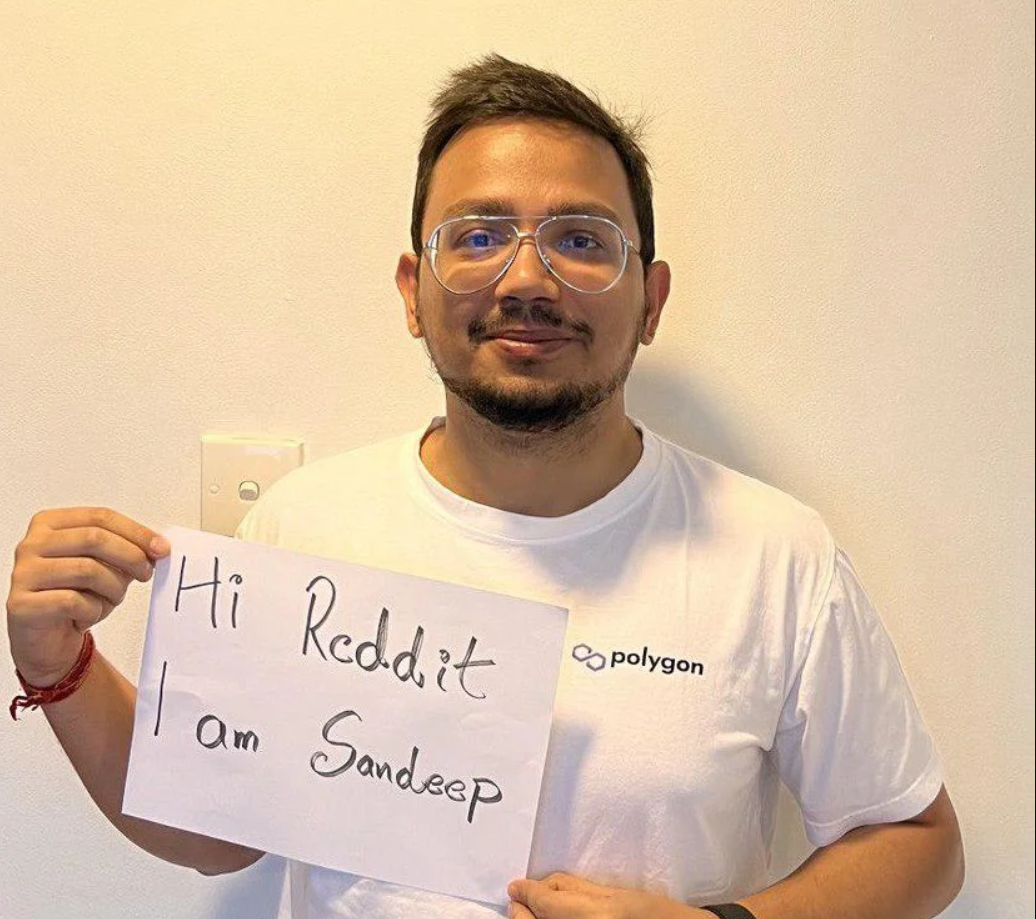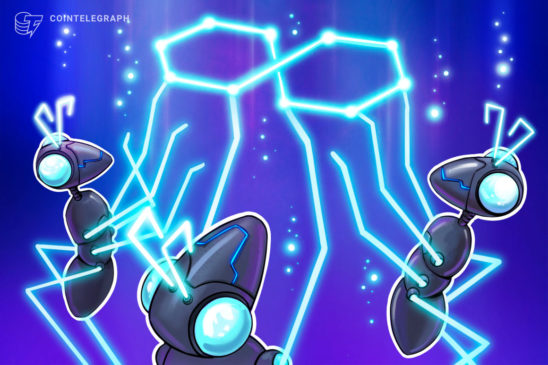Ethereum layer 2 development firm Polygon proposed upgrading its in-house MATIC (MATIC) token into a multipurpose token that can be used to validate multiple chains.
The proposal for MATIC’s technical upgrade is subject to approval from the Polygon community. Once approved, MATIC’s upgrade to a multipurpose token will result in its renaming to POL.
According to the announcement shared with Cointelegraph, POL’s utility will span all the Polygon protocols, which includes Polygon PoS, zkEVM and Supernets. Sharing details about the anticipated upgrade, the announcement read:
“Primarily, it enables the pool of protocol participants, i.e. actors to scale to support thousands of Polygon chains without sacrificing security.”
The utility of POL revolves around validators, with the goal of aligning and incentivizing them to perform useful work. If the upgrade proposal goes through, the redesigned protocol architecture will introduce features such as infinite scalability and no friction between any two protocols.
For validators, POL staking can open up three incentive streams — protocol rewards, transaction fees and additional rewards. In addition to validating multiple chains, validators can also perform multiple roles on a single chain, which includes zero-knowledge proof generation and participation in DACs (Data Availability Committees).
Related: Polygon proposes architecture for ‘Polygon 2.0,’ including aggregator bridge
In May, Polygon co-founder Sandeep Nailwal said that Web3 gaming will eventually become one of the biggest drivers of mass crypto adoption.

When asked about his take on the “real life” use cases for blockchain other than trading and payments during an AMA, he sided with the gaming ecosystem:
“There are some top games launching in Web3 in the next 6-18 months and it would be very interesting to see if some of them are able to crack the crypto code. Last year itself there was $2 billion+ in funding for Web3 games.”
On an end note, Nailwal highlighted the need for a “progressive decentralization of protocols and applications as they achieve larger and larger significance.”
Collect this article as an NFT to preserve this moment in history and show your support for independent journalism in the crypto space.



